Shelter in a Storm: Architects Improve Global Disaster Relief
http://decor-ideas.org 06/06/2014 23:37 Decor Ideas
Three years ago a magnitude-9 earthquake struck off the coast of northeastern Japan. Two tectonic plates collided in a subduction zone, one slipping under the other, and the temblor that resulted released stress that’d been building between the Pacific and Eurasian plates for centuries. The ground shook; a tidal wave followed. It was the greatest tsunami Japan had seen since the year 869.
In the aftermath the government gave displaced people shelter in cramped, dark “box houses,” often in places far from home. The temporary shelter was depressing, and in some cases the conditions were linked with suicide. A better type of shelter was in grave demand.
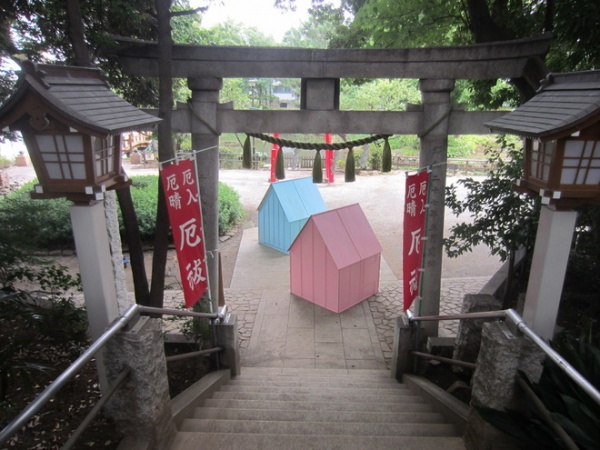
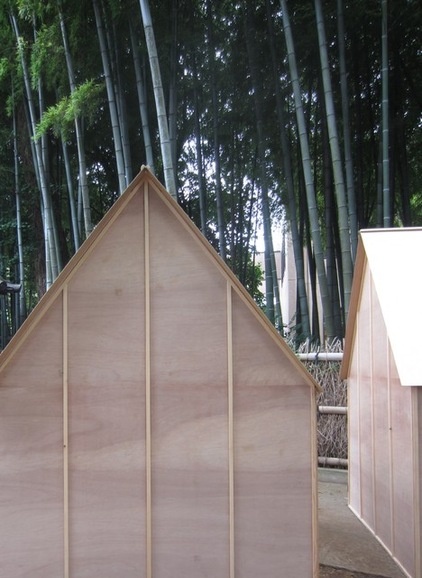
Postdisaster, refugees may find shelter, food and water. But onsite research by Architectural Global Aid (AGA) — made up of architects Andrea Gonzalez, Rike Tanaka, and Yuko Ono — has found that refugees also hoped for the fulfillment of another essential need: privacy. When people have lost their home or have moved into large structures (like stadiums or auditoriums), they have few opportunities for personal space. So, the team at AGA sought out a private, practical housing solution for disaster relief.
As with the relief structures of 2014 Pritzker Prize winner Shigeru Ban (his latest use Coke crates), AGA wanted something affordable and immediately useful. “The tsunami and Fukushima explosion were a big shock,” Gonzalez says. “We felt that theoretical solutions were not enough in that case. We decided to organize a fundraising campaign and build as soon as possible.”
With the fundraising the group focused on writing and publishing articles on disaster relief, lecturing around the world and, more tangibly, building their wooden Origami Houses, which they distributed to schools in Tokyo and northern Japan.
“The houses,” Gonzalez says, “are an alternative to sleeping without a ceiling right after a disaster destroys a city. They provide minimum shelter for a few days until the rescue teams arrive.”
The houses are colorful (as in the first photo), waterproof and buoyant. They can be used inside another structure or outdoors and after use can be stored until another disaster strikes. In a water-related crisis, locating the boxes is easier because of the bright colors and their ability to float (they can also double as rafts). When not in use, each can be stored in a box that’s about 5 by 6 feet (1½ by 2 meters) that can be used as a table.
After a disaster hits, the shelters can be pieced together like life-sized origami, making a small, private shelter. They have about 106 cubic feet (3 cubic meters) of space, and AGA estimates that four adults or up to 10 children can fit inside. Each shelter has a door and a window, and both openings can close for privacy.
As with every disaster, there are uncontrollable variables, like difficulty locating the boxes in the wash of rubbish (or, worse yet, being destroyed in the disaster). But despite the issues, the design and preliminary distribution of the Origami Houses show that they are solutions to help alleviate immediate loss, which, AGA believes, makes them a worthy effort. “Sometimes,” Gonzalez says, “urgencies like tsunamis or earthquakes need fast and effective solutions.”
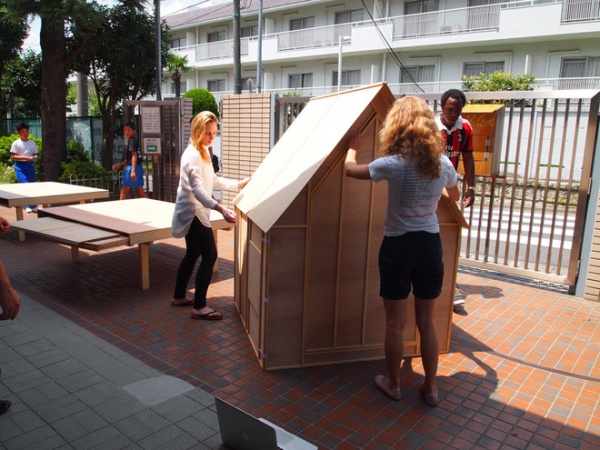
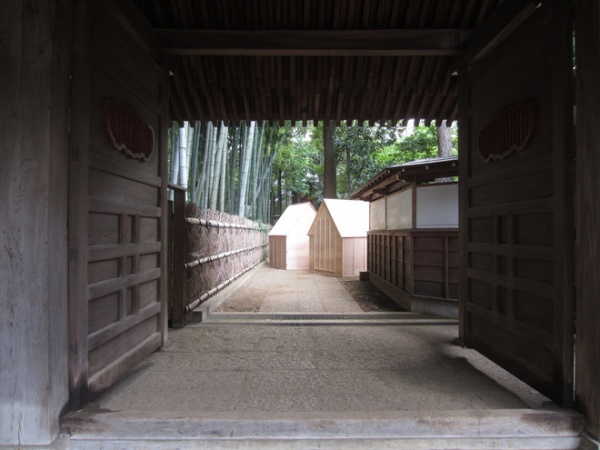
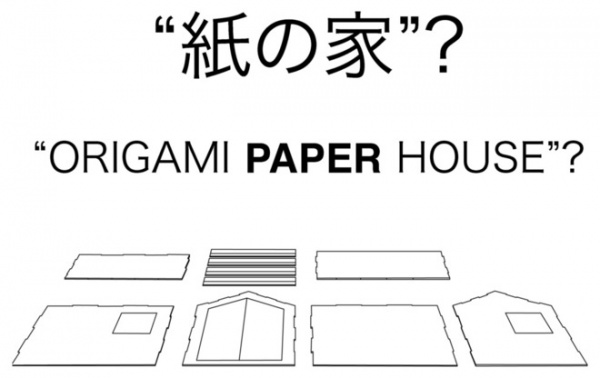
On the other side of the world, AGA also created relief shelters for the town of Lorca, Spain, where a quake hit on November 4, 2011. The earthquake left many of the town’s residents without homes, and AGA arrived on the scene to create location-specific, easily assembled shelters that the residents of Lorca could use in the event of another disaster.
The Origami Paper House, a cardboard adaptation of the Japanese model, is the result. This model does not double as a table but is designed to be extremely affordable, lightweight and easily stored. Small gaps along the seams allow light to enter the interior, and the shelter can be assembled or disassembled in three minutes.
The shelter fits three adults or up to seven children, and has a double-wide entry door and a window. It supplies basic privacy needs in times of crisis and gives the occupants a sense of having their own place, however small it may be. Before and after use, it can be broken down easily by hand (no tools needed). It does not come with electricity, plumbing or other conveniences; it is simply a shelter for basic needs, manufactured at a low cost and able to be assembled quickly.
Gonzalez says AGA is working on an evacuation system for earthquakes in Tokyo, as well as a similar system in Costa Rica. The mantra that underwrites all of the group’s projects is Hitori ja nai, which is Japanese for “You are not alone.”
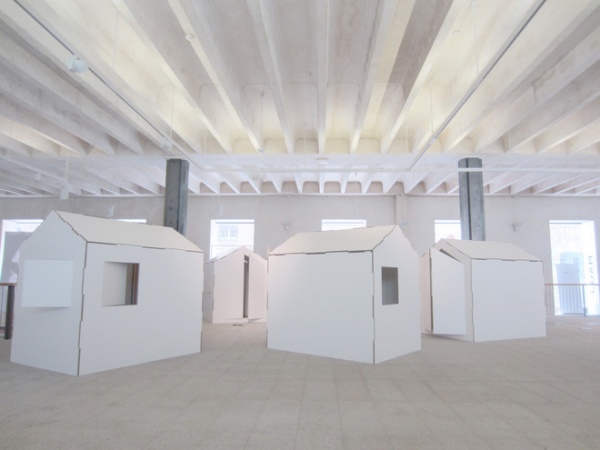
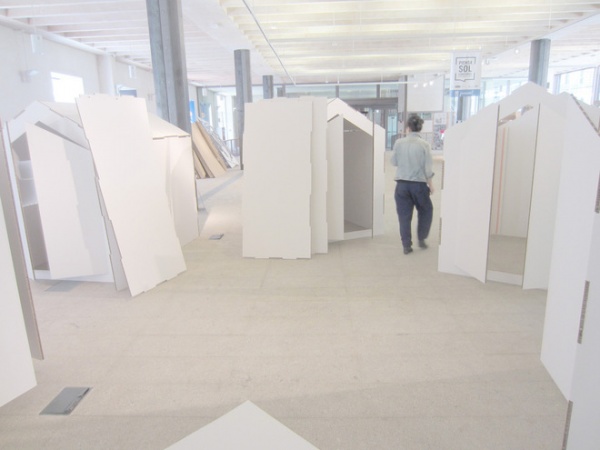
See more photos of the Origami Houses
More: Homeowners’ guides for disaster recovery
Related Articles Recommended












